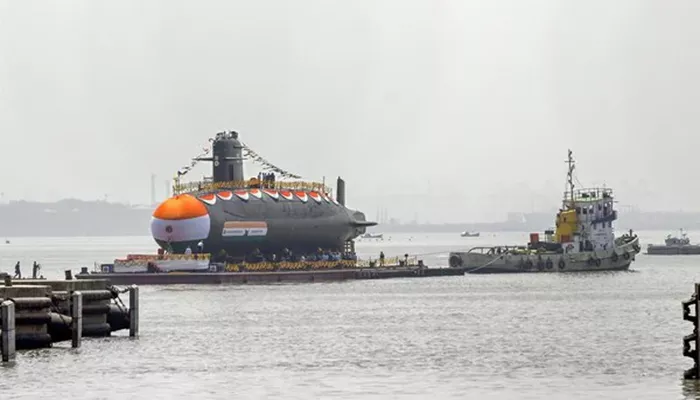India and Pakistan are actively assessing alternatives to safeguard their oil supplies amid escalating tensions between Israel and Iran, which threaten to disrupt flows through crucial chokepoints such as the Strait of Hormuz. Although many analysts doubt Iran’s capacity to enforce its threat of closing the strait, the mere possibility has prompted Indian refiners to develop contingency plans.
India, the world’s second-largest crude importer, is exploring sources beyond the Middle East. Indian refiners are considering increased imports from West African producers and other energy alternatives. Simultaneously, Pakistan is negotiating pipeline oil supplies from the United Arab Emirates and Saudi Arabia to reduce dependency on vulnerable sea routes.
The Strait of Hormuz is a vital artery, channeling over 20 million barrels of crude daily, primarily Middle Eastern oil destined for global markets. Indian oil ministry officials and industry leaders have reviewed various scenarios and alternative supply chains should the strait be blocked. A shutdown could directly affect around 40% of India’s crude imports and 54% of its liquefied natural gas (LNG) shipments.
Despite these risks, Indian energy officials remain cautiously optimistic. Historical precedents suggest Iran may refrain from an outright blockade, as such an action would trigger a sharp rise in global oil prices and alienate key oil-importing nations. It could also provoke direct confrontation involving the United States. Experts predict oil prices could spike to between $100 and $150 per barrel if the strait is closed.
Importantly, Indian refiners have not engaged in panic buying, a move that could exacerbate price volatility. India imports about 90% of its crude, sourcing over 40% from the Gulf region, 35% from Russia, and the remainder from Africa, the U.S., and other regions.
India faces a more challenging outlook for securing alternative natural gas supplies due to the LNG market’s relatively limited maturity compared to crude oil. While the country maintains strategic crude reserves sufficient to cover 74 days of demand—including 9.5 days from designated strategic stockpiles—it lacks equivalent storage capacity for natural gas.
In contrast, Pakistan’s situation is somewhat less precarious. Top energy officials there are also in talks with global suppliers to diversify their sources. Pakistan could leverage oil storage in decommissioned power plants, which collectively hold an estimated one million tons of furnace oil. Proposals are underway to acquire these storage facilities, previously slated for scrap disposal. Prime Minister Shehbaz Sharif has formed a dedicated committee to monitor developments and evaluate their impact on Pakistan’s oil sector.
Potential Shifts in Supply and Domestic Production
If Middle Eastern tensions worsen, India may increase purchases of Russian crude. In fact, India overtook China last year as the largest buyer of Russian oil, taking advantage of discounted supplies amid Western sanctions following Russia’s invasion of Ukraine. Russia’s exports to India have long avoided the Strait of Hormuz, easing some geopolitical risks.
India is also eyeing alternative sources in the Western Hemisphere. During a visit to Guyana last year, Prime Minister Narendra Modi highlighted the South American nation’s potential role in India’s energy security. Guyana’s Natural Resources Minister Vickram Bharrat confirmed the country’s willingness to supply crude to India, pending agreement from ExxonMobil, which operates Guyana’s offshore oil fields. However, logistical adjustments may be needed, as Exxon typically favors very large vessels optimized for long-haul shipments.
Longer term, India aims to boost its domestic oil production. Earlier this year, financial services firm Motilal Oswal suggested ramping up local output could help India avoid import tariffs and support the rupee. According to estimates by S&P Global Commodity Insights, India’s four sedimentary basins may hold up to 22 billion barrels of crude—surpassing the remaining reserves of the Permian Basin in the U.S. Yet so far, India has explored only about 10% of its 3.36 million square kilometers of sedimentary territory.
As the Israel-Iran conflict threatens critical energy routes, India and Pakistan are balancing immediate risks with strategic efforts to diversify sources and strengthen domestic production, aiming to shield their economies from potential supply shocks and price surges.


